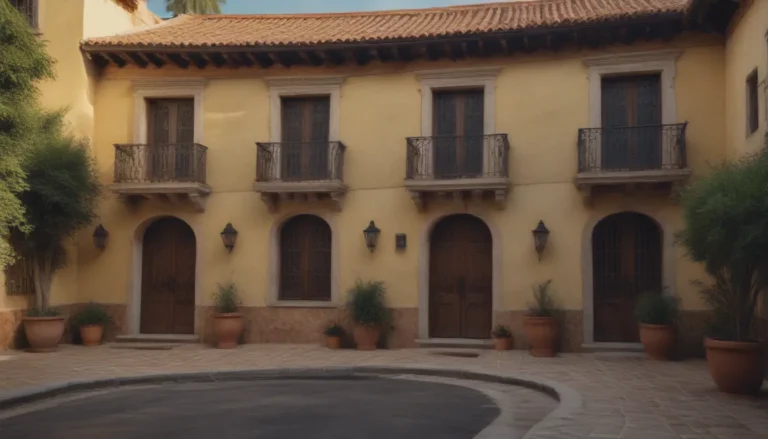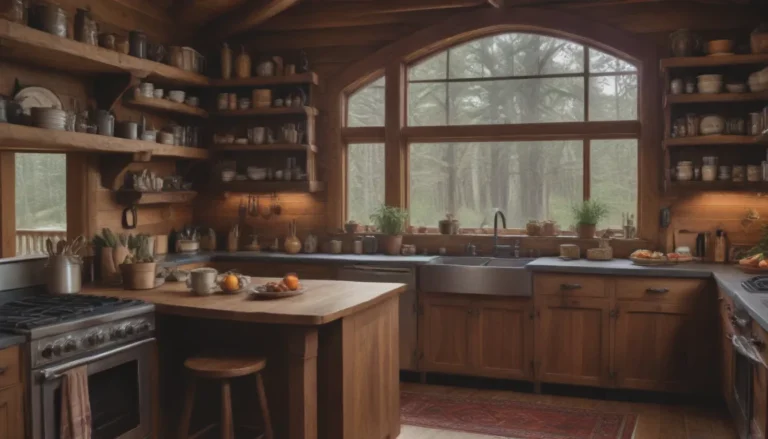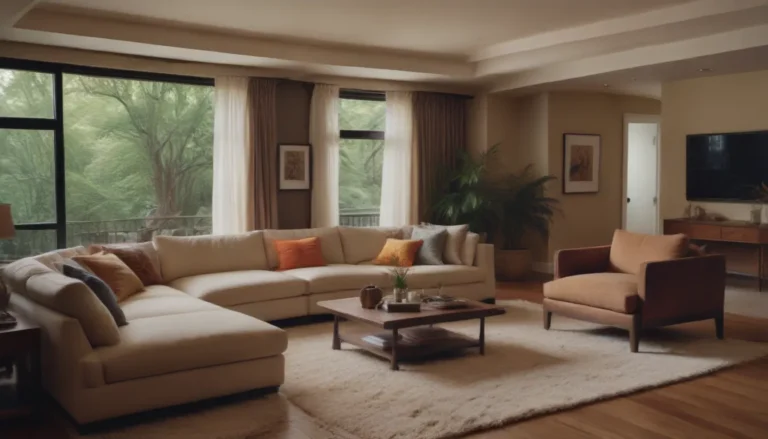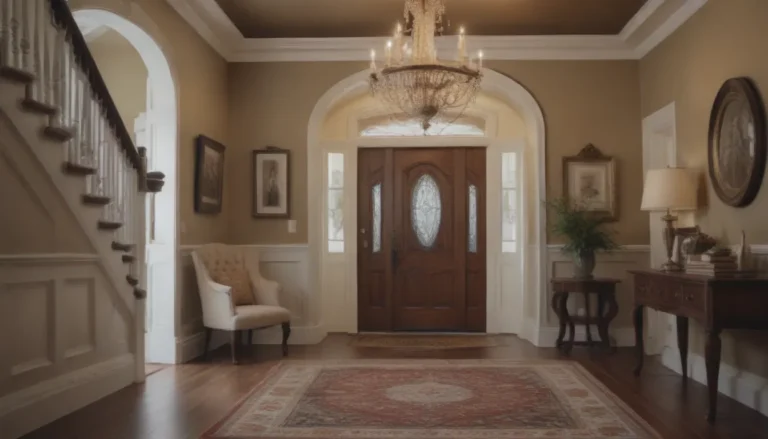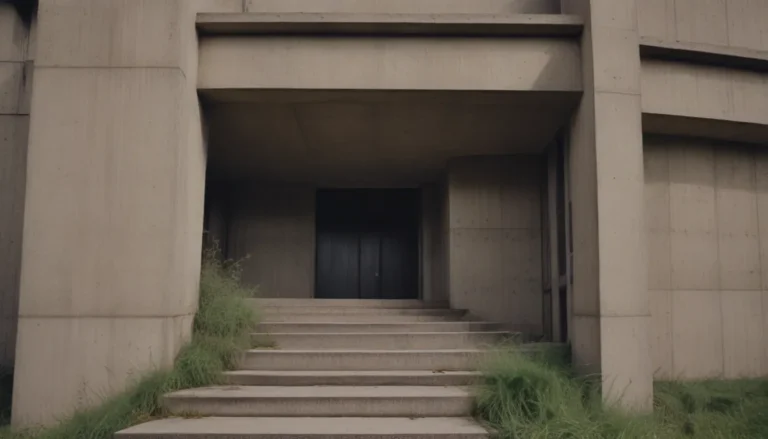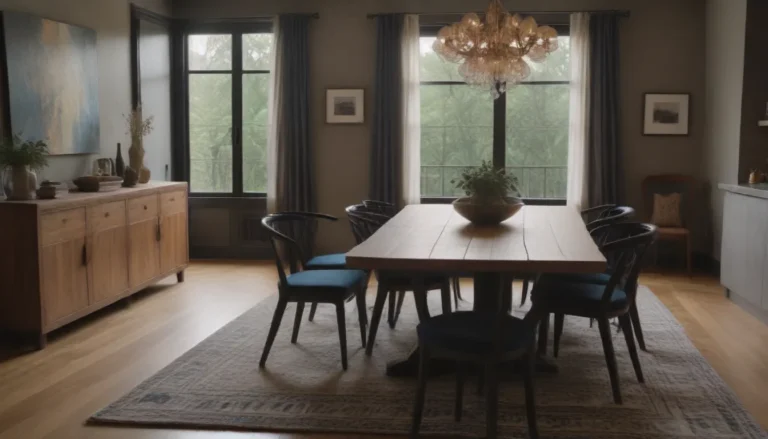Embracing the Timeless Charm of Shabby Chic Style in Your Home
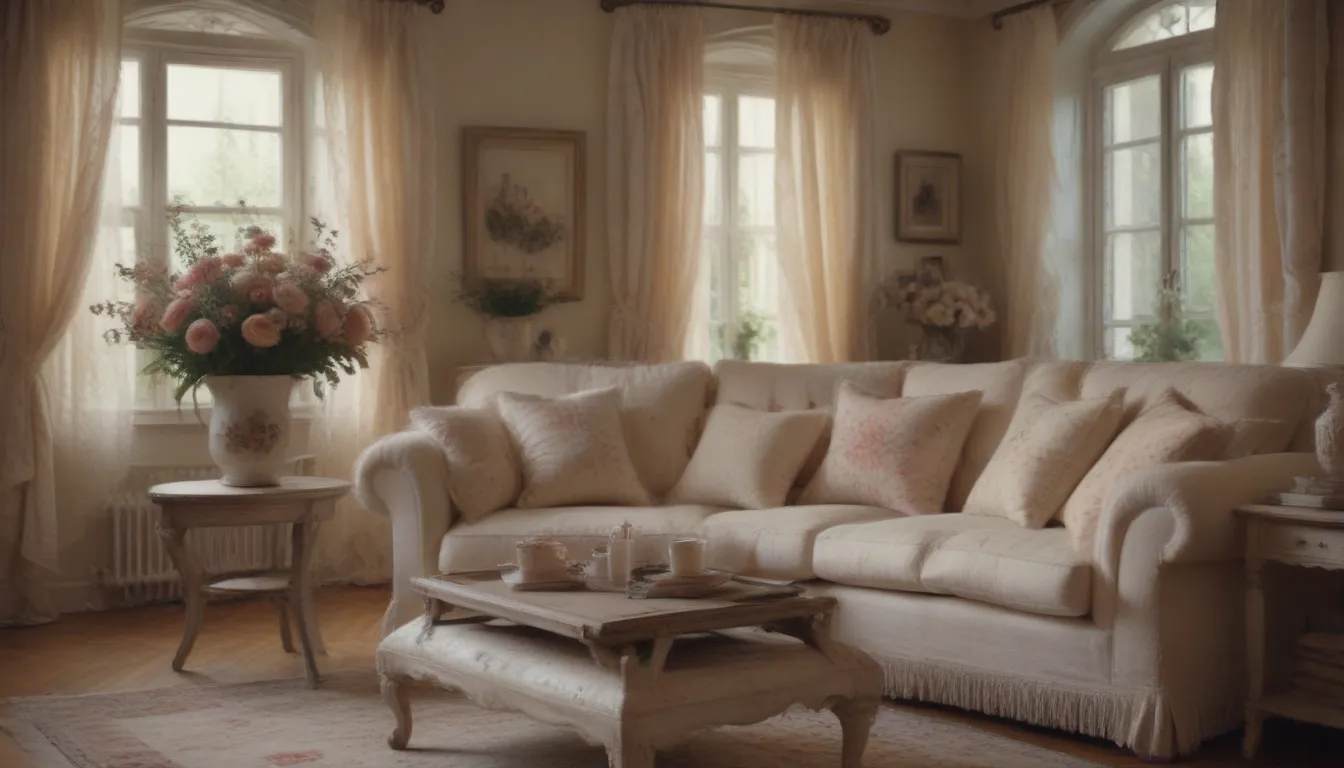
Are you looking to infuse your living space with an elegant yet cozy ambiance that exudes vintage charm? Shabby chic style might be just the aesthetic you need. Originating in the late 1980s and popularized by designer Rachel Ashwell, shabby chic seamlessly blends vintage and cottage elements in a mix of soft, romantic colors and textures. While the trend has evolved over time, its core essence of inviting warmth and worn elegance remains timeless.
Delving Into the Origins of Shabby Chic Style
In the 1980s and ’90s, shabby chic style rose to fame through the innovative concepts of designer Rachel Ashwell. She transformed thrifted vintage finds into casual yet sophisticated home decor, sparking a trend that captured the hearts of many. Over the years, shabby chic has undergone subtle modifications, maintaining its classic appeal while adapting to contemporary tastes.
Interior designers, including Carrie Leskowitz and Amy Leferink, attribute the resurgence of shabby chic style to a deep-seated desire for comfort and familiarity, especially during times of upheaval like the recent pandemic. As people sought refuge in their homes, the inherent coziness and nostalgia of shabby chic offered a soothing balm for the soul.
The Quintessential Elements of Shabby Chic Style
Designer Lauren DeBello encapsulates shabby chic style as a romantic and classic alternative to more opulent design schemes. Key characteristics include distressed furniture with a chalk paint finish, floral patterns, muted hues, and subtle ruffles. The beauty of shabby chic lies in its vintage and time-worn appearance, giving each piece a unique story to tell.
As the style evolves, modern interpretations of shabby chic emphasize simplicity and refined elegance, moving away from excessive embellishments towards a more understated allure. Miriam Silver Verga suggests that contemporary shabby chic draws inspiration from English aesthetics popularized by shows like ‘Bridgerton’ and ‘Downton Abbey’, infusing the style with a dash of sophistication.
Decorating Tips to Elevate Your Shabby Chic Space
When decorating in the shabby chic style, it’s essential to choose a color palette that evokes softness and tranquility. Creamy whites, pastel shades, and gentle neutrals form the foundation of a shabby chic color scheme. Consider incorporating elements of glamour by adding pieces like French bergère chairs and crystal chandeliers to elevate the look.
To achieve a polished shabby chic ambiance, opt for quality wood furniture and custom slipcovers that exude refinement. Kim Armstrong recommends using fabrics with intricate details like flange accents and ruffled skirts to balance the rustic charm with a touch of sophistication.
Sourcing Shabby Chic Furniture and Decor
For those seeking authentic shabby chic pieces, antique stores and flea markets are treasure troves of unique finds that infuse character and history into your space. Mimi Meacham emphasizes the importance of sticking to a cohesive color palette to maintain visual harmony in your decor. Look for items with a weathered, vintage feel to enhance the shabby chic aesthetic.
Styling Tips to Infuse Personality Into Your Space
Mixing and matching furniture styles can add depth and character to a shabby chic interior. By combining unexpected pieces and incorporating industrial elements like galvanized metal, you can create a playful juxtaposition that adds intrigue to the space. Experiment with different textures and materials to achieve a harmonious blend of rustic charm and modern flair.
Shabby Chic vs. Cottagecore: Exploring the Differences
While shabby chic and cottagecore share common themes of cozy comfort and vintage charm, they diverge in their overall aesthetic. Cottagecore embodies a lifestyle trend that romanticizes rural living and handmade craftsmanship, placing a strong emphasis on simplicity and natural elements. In contrast, shabby chic leans towards elegant nostalgia and refined vintage appeal, offering a more polished and sophisticated take on rustic decor.
Incorporating shabby chic style into your home can transform it into a haven of relaxation and beauty. By embracing its timeless charm and embracing its versatile nature, you can create a space that reflects your personality and captures the essence of comfort and elegance. So why not explore the world of shabby chic and let its enchanting allure brighten up your living environment today?
